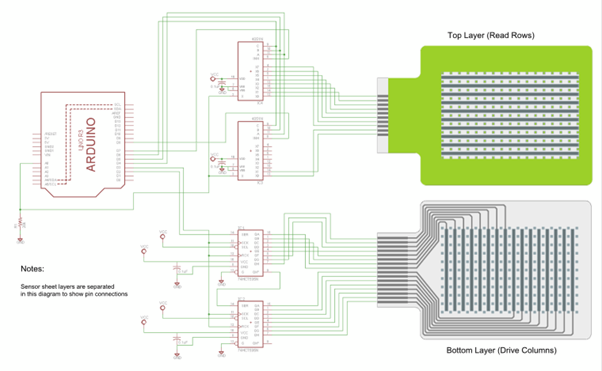Hi,
I am trying to estimate the power consumption for this multiplexer, but I am not sure I there is a more suitable method for doing this.
From the data sheet, I require a voltage of 5V to be supplied to the multiplexer, and I approximated the current consumption as 50mA (from the continuous current through VCC or GND) as this was the largest value of curent given.
Using P = I*V, I therefore got a power consumption of 5*50mA = 0.25W.
Is this a reasonable calculation or approximation for this component, or should different values or method be used?
Thank you :)







